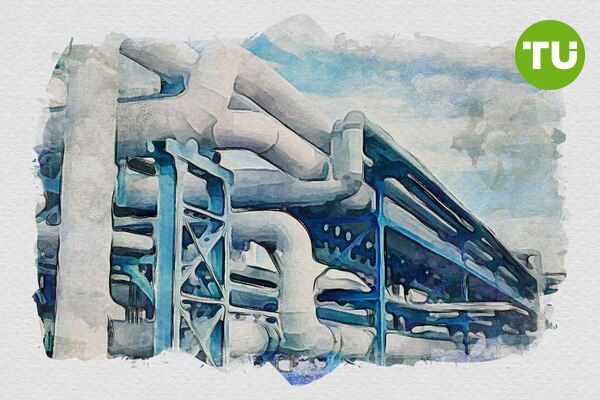Natural gas prices hold above $3.90 as market eyes weather and supply conditions
 Natural gas price chart highlighting support at $3.77
Natural gas price chart highlighting support at $3.77
U.S. natural gas futures are currently trading at $3.96 per MMBtu, down 0.13%, as traders assess shifting supply and demand conditions. Prices have pulled back from a 25-month high reached last week after an Arctic freeze spiked demand and disrupted production. However, with warmer weather forecasts and stabilizing output, supply concerns have eased, prompting a slight retreat in prices.
Despite the decline, natural gas remains in a short-term bullish trend, sitting above the 50-day EMA at $3.93 and comfortably above the 200-day EMA at $3.54. This suggests continued buying interest, with immediate resistance at $4.13. A breakout above this level could push prices towards the next resistance at $4.27. On the downside, immediate support is found at $3.77, followed by $3.55 as a more significant demand zone.
Natural gas price dynamics (Jan 2025 - Feb 2025) Source: TradingView.
Technical outlook: bullish signals persist
The daily chart shows that natural gas has been consolidating above $3.00, forming a cup and handle pattern, which led to the recent surge. The 4-hour chart indicates an inverted head and shoulders formation, a strong bullish signal. If prices break above $4.70, a significant rally could be triggered. However, with the Relative Strength Index (RSI) in overbought territory, a short-term correction remains likely, presenting a potential buying opportunity.
Market forecasts project natural gas prices at $3.79 on February 26, with a maximum of $3.98 and a minimum of $3.60. By February 28, prices could range between $3.51 and $3.88, with an expected close near $3.69.
Key market drivers: demand and LNG exports
While the recent Arctic blast increased heating demand and reduced supply, freeze-offs affecting production are beginning to subside. This, combined with record-high LNG exports—averaging 15.5 billion cubic feet per day (bcfd) in February, up from 14.6 bcfd in January—continues to support price stability.
Looking ahead, traders will closely watch weather forecasts, LNG export levels, and broader economic conditions to gauge the next price direction. If demand remains strong and supply disruptions persist, natural gas could test $4.27 and beyond. However, a break below $3.77 could lead to further downside pressure.
As previously discussed, natural gas steadies near $3.96 as traders weigh weather conditions and supply factors.













































































































































